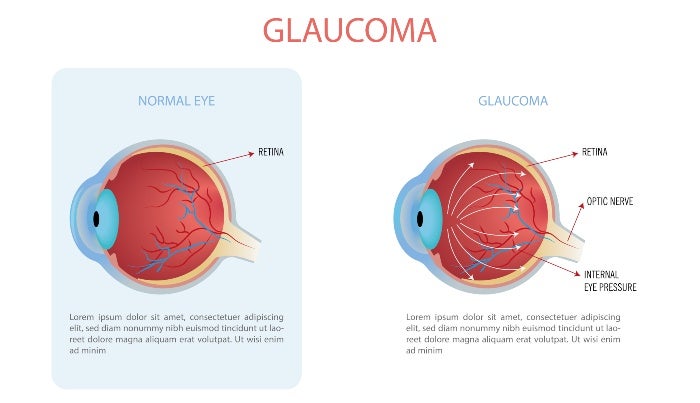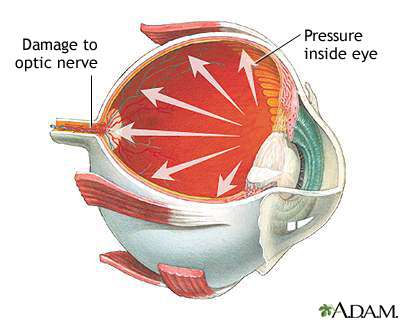Experienced Retina Service Near Me: Comprehensive Eye Care Solutions
Experienced Retina Service Near Me: Comprehensive Eye Care Solutions
Blog Article
Recognizing the Various Vision Improvement Procedures Available for Clearer Sight
In the realm of vision correction treatments, a multitude of choices exist to attend to refractive errors and supply individuals with clearer sight. From the widely identified LASIK surgery to less invasive treatments like PRK and implantable lenses, the area of ophthalmology offers a series of techniques customized to match various requirements and preferences. Each procedure includes its very own collection of considerations, benefits, and prospective dangers. Recognizing the nuances of these vision modification approaches is important for making notified decisions regarding one's visual wellness. Let's explore the complexities of these treatments and clarified the path to achieving boosted vision clarity.
LASIK Surgery
LASIK surgical procedure is an usual refractive treatment utilized to fix vision problems such as farsightedness, nearsightedness, and astigmatism - refractive surgeries in al. This surgical technique, which represents Laser-Assisted in Situ Keratomileusis, intends to reshape the cornea to improve how light is concentrated on the retina, inevitably improving vision quality. During the treatment, a thin flap is developed on the cornea, and a laser is used to remove specific amounts of cells to improve it properly. This reshaping permits for light to be precisely concentrated onto the retina, correcting refractive mistakes.
One of the main benefits of LASIK surgery is the rapid improvement in vision experienced by clients. Overall, LASIK surgery is a popular option for individuals looking for a long-term solution for their vision problems.
PRK Treatment
While also a common refractive treatment, the PRK (Photorefractive Keratectomy) technique varies from LASIK surgery in its method to dealing with vision problems. In PRK, as opposed to producing a flap on the cornea, the outer layer of the cornea, called the epithelium, is totally eliminated. This permits the laser to reshape the cornea to fix refractive errors such as farsightedness, astigmatism, and nearsightedness straight externally.

In spite of the longer recuperation time, PRK can yield excellent outcomes in vision improvement, making it a useful choice for those who may not be appropriate prospects for LASIK surgical procedure.
Implantable Lenses
As opposed to PRK where the cornea is improved directly, implantable lenses use one more approach for dealing with vision by putting fabricated lenses inside the eye. This procedure is particularly helpful for people with high levels of farsightedness, astigmatism, or nearsightedness who may not be appropriate candidates for laser surgical procedures like LASIK or PRK.
Implantable lenses, likewise understood as phakic intraocular lenses, work by supplementing the eye's natural lens with a man-made one. refractive surgeries in al. These lenses can be placed before the all-natural lens (former chamber) or behind the iris and in front of the natural lens (posterior chamber) By readjusting the power and positioning of these lenses, eye doctors can properly remedy refractive errors and boost visual skill
One advantage of implantable lenses is that they are exchangeable and detachable, giving flexibility for future changes. Nevertheless, as with any procedure, there are risks entailed, such as infection or cataract formation. Individuals considering implantable lenses need to find out this here talk to an eye care professional to figure out the most suitable option based upon their individual demands and eye wellness.
Corneal Rings
Corneal rings, additionally referred to as intracorneal ring segments, are little, clear tools inserted right into the cornea to correct vision distortions such as keratoconus. Keratoconus is a problem where the cornea thins and protrudes outside, creating vision to become altered. The insertion of corneal rings assists to squash the cornea, boosting aesthetic acuity and reducing the uneven astigmatism triggered by keratoconus.
The procedure for placing corneal rings is fairly quick and minimally invasive, typically executed as an outpatient procedure. During the surgical procedure, the eye doctor makes a tiny incision in the cornea and inserts the rings at a certain deepness. When in area, the rings help to reshape the cornea, giving a smoother surface area for light to get in the eye, which can result in more clear vision.
Corneal rings are thought about a relatively easy to fix treatment, as they article can be removed or replaced if essential. eyecare near me. While they might not completely get rid of the need for glasses or get in touch with lenses, corneal rings can substantially boost vision quality and overall visual comfort for individuals with keratoconus or other corneal abnormalities
Refractive Lens Exchange
Adhering to the improvement of corneal irregularities with procedures like corneal rings, one more vision adjustment technique that can deal with refractive mistakes is Refractive Lens Exchange (RLE) RLE is a surgical procedure that involves replacing the eye's all-natural lens with a synthetic intraocular lens (IOL) to fix refractive mistakes such as farsightedness, nearsightedness, and presbyopia. This treatment is especially beneficial for people that may not appropriate candidates for treatments like LASIK or PRK as a result of aspects such as slim corneas or high refractive mistakes.

Conclusion
Finally, there are various vision correction treatments readily available to help people achieve more clear sight. LASIK surgery, PRK procedure, implantable lenses, corneal rings, and refractive lens exchange are all choices that can deal with various vision problems. It is very important for people to speak with their eye care copyright to figure out the most ideal treatment based upon their details demands and choices. With advancements in innovation, attaining enhanced vision is currently a lot more available than in the past.
In the world of vision modification treatments, a multitude of choices exist to deal with refractive errors and provide individuals with clearer view.LASIK surgical procedure is a typical refractive treatment used to deal with vision troubles you could check here such as farsightedness, nearsightedness, and astigmatism.While also an usual refractive treatment, the PRK (Photorefractive Keratectomy) method differs from LASIK surgical procedure in its strategy to correcting vision troubles.Complying with the correction of corneal abnormalities with treatments like corneal rings, another vision correction method that can address refractive mistakes is Refractive Lens Exchange (RLE) LASIK surgical procedure, PRK procedure, implantable lenses, corneal rings, and refractive lens exchange are all alternatives that can attend to different vision problems.
Report this page